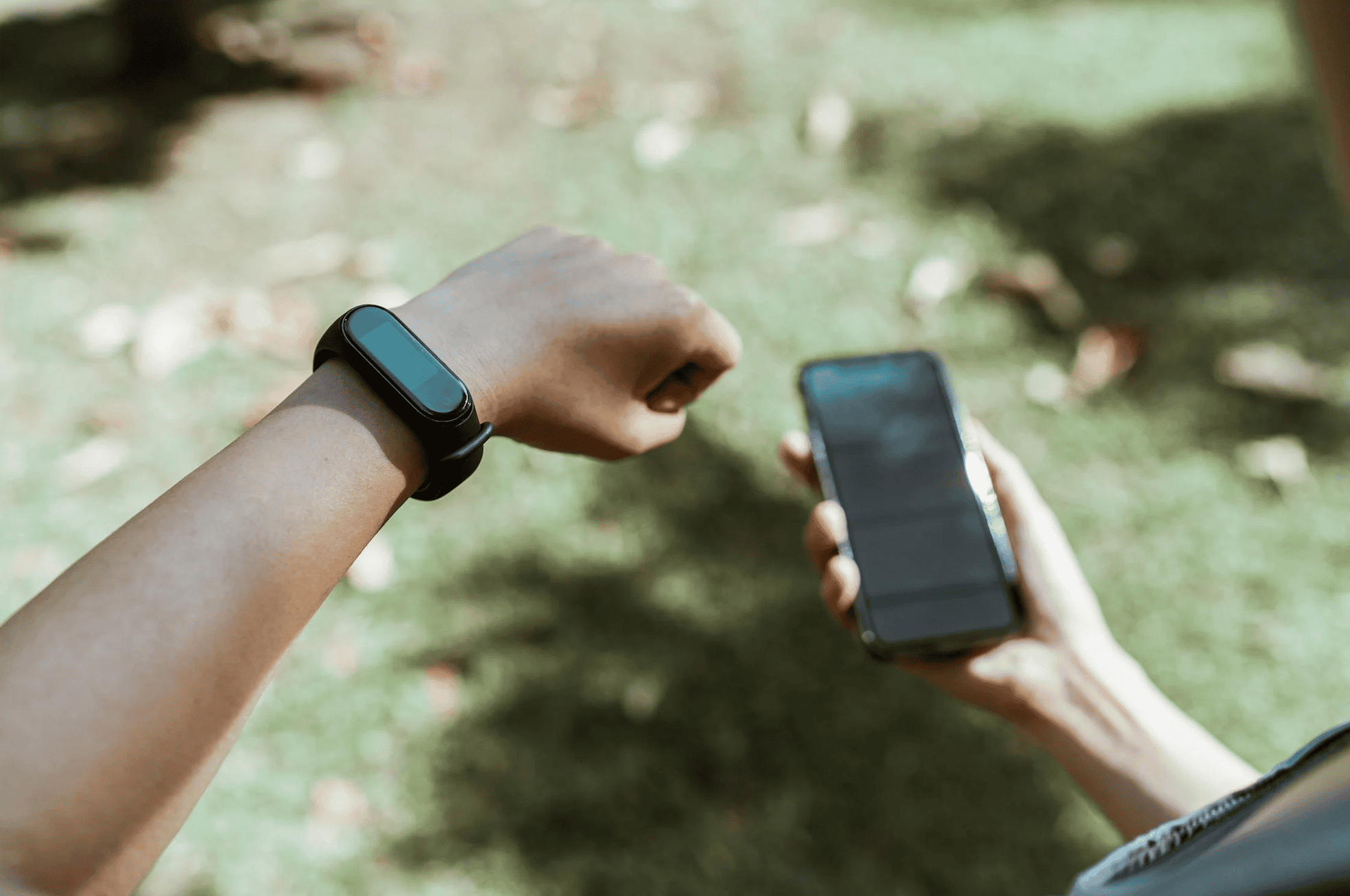Over the past twenty years, wearable physical activity (PA) sensors have undergone significant advancements, capturing various metrics such as step counts, exercise duration, intensity, cardiovascular fitness indicators, and estimated calorie expenditure. Commercially available devices enable the detection of motion and physiological changes like heart rate and blood pressure. Despite the observed increase in physical activity associated with consumer-grade devices, there is a notable lack of qualitative research on their effectiveness in stroke prevention and rehabilitation. This study aims to identify the factors—both barriers and facilitators—affecting the utilisation of wearable PA sensors among stroke patients and older adults at risk.




